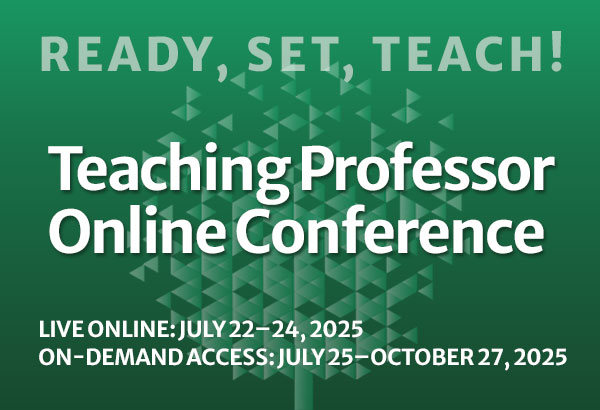Student-Centered Teaching: The Academic Leader’s Role in Shifting Paradigms
During the past 10 years or so, higher education institutions have made strides in transitioning from an instructor-centered approach to a learner-centered approach to teaching. These strides, both large and small, have transformed the college classroom environment to provide students with greater opportunities for active learning, collaboration, and engagement.




